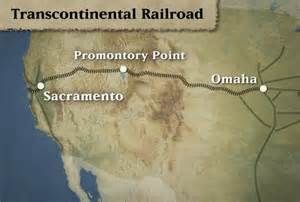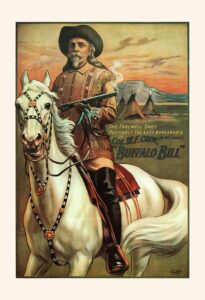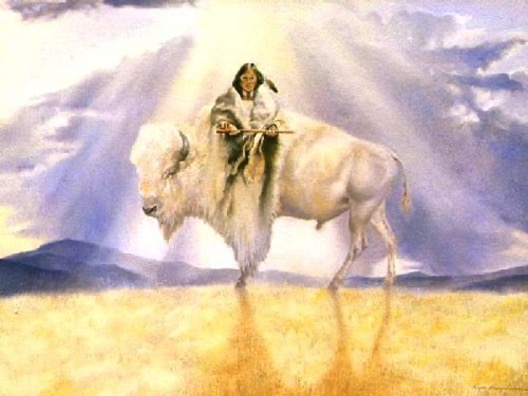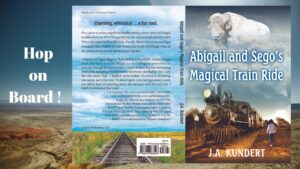HOW TIME TRAVEL STORIES HELP KIDS LEARN ABOUT HSTORY
Do you ever think about tumbling into another period as a time traveler?

That’s what Abigail, the character in my new book – Abigail and Sego’s Magical Train Ride – did to solve a mystery for her 6th-grade bicentennial assignment. She tumbles from life in 1976 to the 1860s. Come along and see what she sees and discovers.
This novel is a middle-grade action-adventure set in a historical time. Here are the historical elements in Abigail and Sego’s Magical Train Ride. A story that will entertain and keep kids reading while learning about a historical period in the United States.

The Transcontinental Railroad is the setting for the story.

Before the transcontinental railroad, land travel from the east coast to the West and vice versa was risky and lengthy. As a result, travelers and traders chose alternatives such as the six-month sea voyage around Cape Horn. Both routes were dangerous.
The first proposal for a transcontinental railroad was made by Asa Whitney in 1845. He believed that a railroad would make it easier to move people and goods between the east and west coasts of the United States.
The idea for a transcontinental railroad began in 1861 when Abraham Lincoln signed the Pacific Railroad Act. This act gave money to two companies, Central Pacific Railroad Company and Union Pacific Railroad Company, so that they could start building the railroad.
The two companies began building the railroad from opposite ends of the country. Central Pacific Railroad Company started in Sacramento, California, and Union Pacific Railroad Company began in Omaha, Nebraska. The two companies worked toward each other and finally met in Promontory Summit, Utah, on May 10, 1869. While building the railroad, both companies experienced difficulties in creating tunnels across the mountains. In addition, Native American tribes, such as the Sioux, Cheyenne, and Arapaho, raided the worksites. Most of the land granted to the railroad was owned by the Native Americans.
- On the west end, the Central Pacific Railroad faced a labor problem. Most of the workers were lured by the silver mines in Nevada. They hired Irish, Mormon, and Chinese immigrants. The Chinese immigrants were cheaply paid compared to the white workers.
- Before it was completed, companies faced looting and ransacking of materials. President Ulysses Grant refused to release financial aid to the companies after the incident.
- On May 10, 1869, the transcontinental railroad officially opened after seven years of construction. It ran for about 1,912 miles or 3,077 kilometers. Industrialist, Leland Stanford, hammered the last Golden Spike at Promontory Summit.
- Some of the critical individuals in building the first transcontinental railroad were Asa Whitney (who proposed the Central Route), Theodore Judah (an architect and chief engineer of the Central Pacific Railroad Company who eventually convinced the government to create the railroad), the Big Four (Leland Stanford, Collis Huntington, Mark Hopkins, and Charles Crocker), Samuel Curtis (an Iowan representative who pushed the bill for the railroad), and President Abraham Lincoln.
Buffalo Bill Cody

William Cody was born near Davenport, Iowa, on February 26, 1846. When he was eight, his father, Isaac, and mother, Mary, moved the family to Kansas Territory. There, young Bill saw his first wagon train and met his first American Indian. Shortly after their arrival, Isaac was attacked while speaking out against allowing slavery in Kansas. His wounds left him weakened, and he died of a fever several years later. At the age of eleven, Bill became the man of the house.
Bill earned money for the family herding cattle and took his first trip across the Great Plains as a driver on a wagon train. Later, he sought his fortune in the goldfields of Colorado and rode for the Pony Express. He joined the Seventh Kansas Volunteer Cavalry in 1864 and served in the Civil War for a year before it ended. Following the Civil War, Bill earned the nickname “Buffalo Bill” as a hunter for the Kansas Pacific Railroad and the US Army.
Buffalo Bill scouted for the US Army for nearly six years. He took part in several significant battles during the Indian Wars. In 1868 he was stationed at Fort Lyon in Colorado, where Buffalo Bill tracked down horse thieves. In 1869 he fought Cheyenne Dog Soldiers at Summit Springs, near present-day Sterling, Colorado. Later, in 1872, he was awarded the Medal of Honor.
Cody traveled the United States for over a decade, appearing onstage in dramatic presentations of life in the West. During this time, he performed in Denver, Boulder, Colorado Springs, Pueblo, Georgetown, and the Central City Opera House. He found, however, that the stage needed to offer more space to effectively tell the stories of the American West.
In 1883 Cody had an idea. He would create an outdoor show about the American frontier, drawing upon his experiences and contacts in the West. Buffalo Bill recruited cowboys and cowgirls, Mexican vaqueros, mountain men, buffalo soldiers, and his former foes from the Indian Wars, now living on reservations, to participate. In addition, he arranged for friends like A. H. Patterson of Fort Collins to provide elk, bison, burros, and even bears for the show.
Another aspect of history is Abigail’s friend Sego, the white buffalo. The White Buffalo is rare and cherished by Native Americans.
White buffalo facts for kids.

A white buffalo or white bison is an American bison possessing white fur and is considered sacred or spiritually significant in several Native American religions; therefore, such buffalo is often visited for prayer and other religious rituals.
White buffalo are scarce; the National Bison Association has estimated that they only occur in approximately one out of every 10 million births.
The White Buffalo is sacred to many Native Americans. The Lakota (Sioux) Nation has passed down The Legend of the White Buffalo–a story now approximately 2,000 years old–at many council meetings, sacred ceremonies, and through the tribe’s storytellers. There are several variations, but all are meaningful and have the same outcome. The have communication with the Creator through prayer with clear intent for Peace, Harmony, and Balance for all life living in the Earth Mother.
Spirituality among Natives and non-Native Americans has been a strong force for those who believe in the power of the Great Spirit or God.
How does the story weave history and solve a mystery?

If you would like to take a journey with Abigail and Sego check out: Abigail and Sego’s Magical Train Ride.
